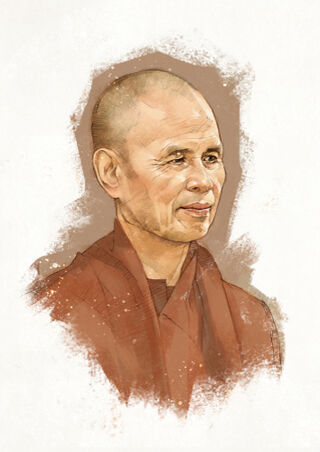Resilience
How to Build a Resilient Heart
2 steps to help us avoid making our partner responsible for our own joy.
Posted February 8, 2022 Reviewed by Michelle Quirk
Key points
- Connecting at any moment with your internal resource of joy and trusting that it is always there for you builds resilience.
- Having a resilient heart means being able to strengthen your own heart again and again regardless of the circumstances.
- Being with your own heart, even—and especially—when it is breaking, is the most important place to begin.
Resilience is a popular word these days, but what are we really talking about when we talk about resilience? Strength, quick recoveries, challenging ourselves to promote expansion, and growth? Yes, all of these elements are important in our work and play, and also in relationships. Having a resilient heart means being able to strengthen your own heart again and again regardless of the circumstances.
This may require great persistence on your part along with removing expectations of how your partner should behave. It may mean mustering the courage to admit you are wrong, offering humble and sincere apologies, practicing forgiveness, rebuilding trust after pain, and, well, work.
It may be staying power in a tense moment or leaving the relationship. While there is no one right thing to do, being with your own heart, even—and especially—when it is breaking is the most important place to begin. This builds your own staying power. It is connecting with your own heart’s needs enough to stay there with the pain, or the joy, whichever is present, and wait with it tenderly.
How do we build a resilient heart?
"With Mindful Courage," says Ed Brantmeier, a leader of men's retreats.
And how do we use mindful courage to build a more resilient heart?
Thích Nhất Hạnh told a story about a farmer who was devastated after he lost his cows. The Buddha had returned to his students smiling after an encounter with the devastated farmer who had lost the few cows he owned.
"How can you be happy at a time like this?" they asked him.
"Because I have no cows to lose," he replied.
This story invites us to identify what we have hitched our happiness to: expectations, entitlements, whatever we believe our personal joy depends upon. Naming your cows means naming the thing, person, or circumstance you currently believe your inner peace is contingent upon. Identifying your relationship cows can help you discover where you have expectations of your partner, unknowingly perhaps, placing them in a role of being responsible for your joy. Applying the teachings of this story to our relationships means first naming our relationships cows.
Step 1: Identify Your Relationship Cows
How would you like your partner to change in order for you to be happy? What needs to happen before you can feel better? What are you currently in tension with and, as much as you hate to admit it, want to control about them?
The second step is much more of a doozy.
Step 2: Release Your Relationship Cows
Now, release the belief that you cannot feel joy without the relationship cows you named above. You are not releasing any single thing other than the belief that your joy is dependent on having this cow. You are not giving up or even loving them less, but you are choosing to change yourself by simply releasing the idea that your joy is dependent on them changing.
What you are clinging to may be your own ideology; it may be your rightness or righteousness. It may be your end of the rope in the argument. It may be your good desires for your partner or something else where you desperately want things to go your way.
Releasing your relationship cows is like dropping your end of the tug-of-war rope and making room to accept life on life’s terms as it is, thus making room to feel your own authentic joy. This way, you are taking responsibility for your own well-being and joy.
A common fear that can arise when we think about releasing our cows, is that we are just giving in and giving up. But remember, you are only releasing your belief that you cannot be happy without it.
You may not feel this is your natural state, and perhaps you have built relationship resilience through hard work, passion, trial and error, persistence, communication, commitment, and many other things, but connecting at any moment with your internal resource of joy and trusting that it is always there for you, if you can get enough things out of the way to feel it, builds resilience more than any other single thing. Most of all, it builds in us a resilient heart.
Thích Nhất Hạnh said this is a good place to begin your mindfulness practice because connecting with fear or sadness, while also powerful practices, can increase suffering if we do not have a solid foundation of joy. So, he said to begin your practice by connecting with joy. After you do this enough, you have the resilience to weather more stormy emotions.
When your inner experience no longer hinges on what you have or don’t have or on what your loved one is doing, then it's right here and now available for you. If you want it. It doesn't mean you won't feel the rest of the spectrum of emotions tomorrow or in the next moment. It just means that right now what you are facing is a moment of warm pleasantness.
Then, when the storm hits, as it does, it is much less likely to devastate you. You are much less likely to feel despair and prolonged suffering. This is something you can do to build your own heart’s resilience at any given moment.

References
Brantmeier, E. (March 4-6, 2022) Mindful Courage: A Men’s Retreat.
Thích Nhất Hạnh, audio recording of a Dharma talk (2011).




